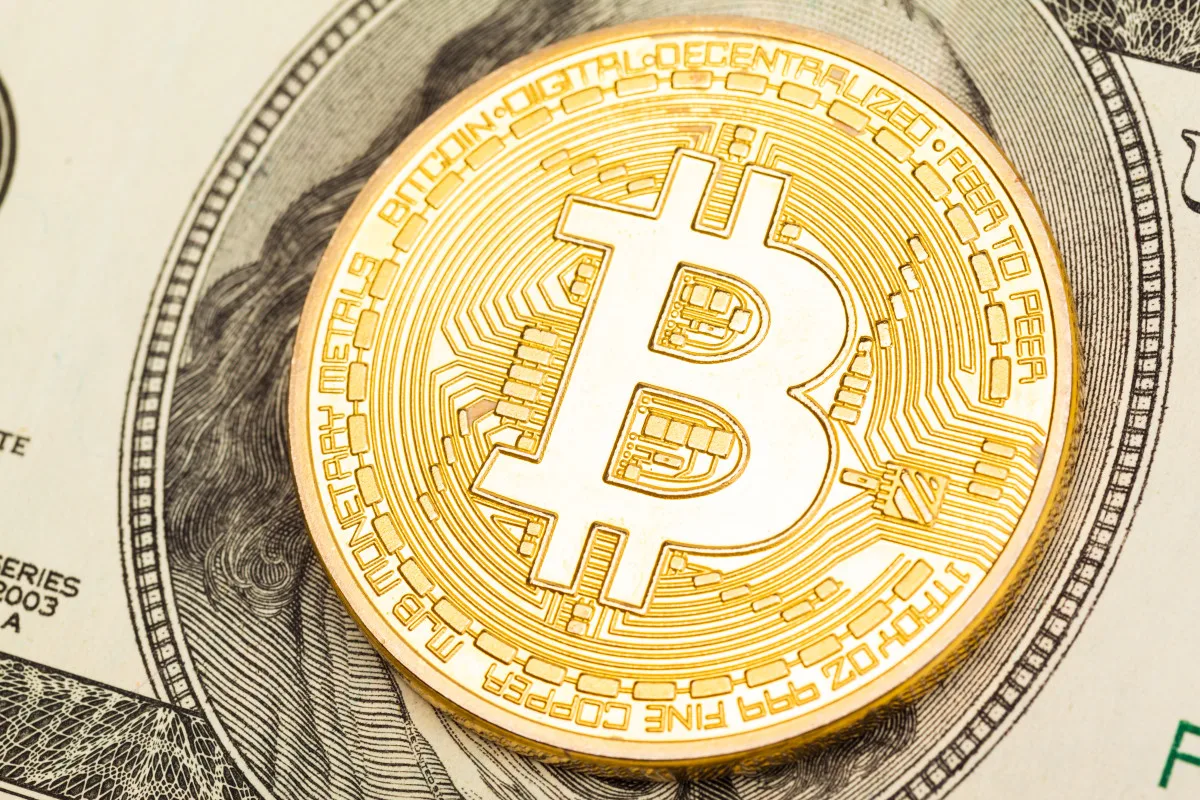- Ethereum ETF inflows and positive funding rates drive bullish sentiment.
- Investors should remain vigilant of ETH’s increasing exchange reserves.
- Ethereum could challenge the $2,707 resistance after rebounding off the 50-day SMA.
Ethereum (ETH) showcased a positive uptick, trading around $2,640 on Thursday. The cryptocurrency saw a rise exceeding 2%, reflecting the growing bullish bias among Ethereum investors. This surge is largely driven by significant ETF inflows and improved funding rates. However, the rising exchange reserves pose a potential risk that investors should closely monitor.
Ethereum ETF Inflows and Positive Funding Rates Cement Bullish Sentiment
Ethereum ETFs garnered net inflows totaling $43.2 million on Wednesday, with a cumulative inflow surpassing $105 million in the past two days. Leading this charge were BlackRock’s ETHA and Grayscale Mini Ethereum Trust, recording inflows of $9.4 million and $26.6 million, respectively.
This influx comes on the heels of renewed investor enthusiasm for ETH, spurred by the US Federal Reserve’s decision to cut rates by 50 basis points (bps) on September 18.
Analysts had previously suggested that the underperformance of ETH ETFs was tied to their launch during the slower summer months. As investors return post-holidays and anticipate a historically strong Q4, ETH ETFs are likely to see further inflows. This trend may be particularly notable if Grayscale’s ETHE outflows stabilize.
Supporting this bullish sentiment is an upward trend in Ethereum’s 30-day simple moving average (SMA) for funding rates. Funding rates, which facilitate parity between spot prices and futures contracts, have shown a positive trajectory. When funding rates are positive, it indicates dominance from long positions, whereas negative rates suggest the opposite.
Ethereum Exchange Funding Rates
Since hitting a low on September 3, the 30-day SMA funding rate has been on the rise, reflecting increasing optimism among traders.
Nonetheless, Ethereum investors remain cautious of the rising exchange reserves, which have been trending upwards in recent months. An increase in exchange reserves can lead to heightened selling pressure, potentially driving prices downward.
Ethereum Exchange Reserves
Ethereum Consolidates Support at the 50-Day SMA
Ethereum continued its upward trend, trading at $2,640 on Thursday with a 2.6% increase for the day. Over the last 24 hours, ETH experienced over $21 million in liquidations, divided between $7.47 million in long positions and $13.97 million in short positions.
On the 4-hour chart, Ethereum reclaimed support at $2,595 after bouncing off the 50-day SMA. If the bullish momentum persists, ETH could head towards the $2,707 resistance level. Breaking past this point might propel ETH towards the $2,817 mark, which previously held as significant support for over four months.
Both the Relative Strength Index (RSI) and Stochastic Oscillator indicators remain above their neutral levels, further indicating a bullish bias in the market.
ETH/USDT 4-hour Chart
On the other hand, if Ethereum dips below the $2,595 support level, the 50-day, 100-day, and 200-day SMAs could offer support. However, a close below $2,395 on a daily candlestick would introduce significant bearish pressure.
Ethereum FAQs
Ethereum is a decentralized open-source blockchain with smart contract functionality. It serves as the foundational network for the cryptocurrency Ether (ETH), making it the second-largest cryptocurrency and the largest altcoin by market capitalization. Ethereum’s features, including scalability, programmability, security, and decentralization, make it a preferred choice among developers.
Ethereum utilizes decentralized blockchain technology to enable developers to build and deploy applications that function independently of a central authority. The network includes a programming language to facilitate the creation of self-executing smart contracts, which are essentially codes verified through inter-user transactions.
Staking involves investors growing their portfolios by locking their assets for a specified period instead of liquidating them. This method is prevalent among blockchains employing the Proof-of-Stake (PoS) mechanism. Users earn rewards as an incentive for committing their tokens, making staking a viable strategy for long-term holders to generate passive income.
Ethereum transitioned from a Proof-of-Work (PoW) to a Proof-of-Stake (PoS) mechanism in an event known as “The Merge.” This shift aimed to enhance security, reduce energy consumption by 99.95%, and enable new scaling solutions to achieve up to 100,000 transactions per second. With PoS, entry barriers for miners are lower, owing to the decreased energy requirements.
Click Here For More Trading tips and strategies.
Discover more from Make Money Online and Work From Anywhere
Subscribe to get the latest posts sent to your email.






